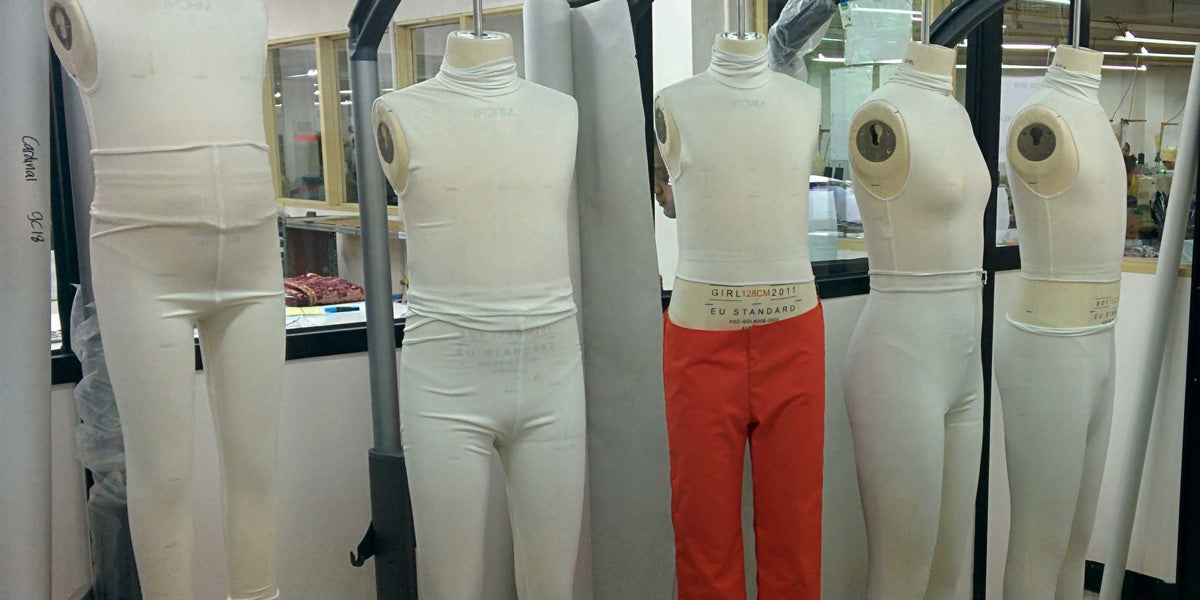Your Cart is Empty
Free Shipping On All Orders In December - No Coupon Code Necessary
Free Shipping On All Orders In December - No Coupon Code Necessary
Free Shipping On All Orders In December - No Coupon Code Necessary
Free Shipping On All Orders In December - No Coupon Code Necessary

October 26, 2017 3 min read

When you create garments, one of the most important aspects that you should take care of is the fit. It is known that the success of a garment depends a lot on its fit. But what is a well-fitted garment? Well, it is that garment with the optimum amount of ease, so it is neither too tight nor too loose. Besides, the seam lines need to follow the general silhouette of the body. When one takes on the garment, it hangs or sets in a well-balanced manner, and it doesn’t have any sagging, wrinkles or poking out.
So let’s see how to make sure your garment is well-fitted. Just read below and you’ll find out some of the basic things that you need to pay attention to when creating garments.
Standards to follow for a good fit
There are some factors that determine whether a garment has a good fit or not. These factors are:
They are also known as standards for a good fit. One of the things that you should acknowledge is that these factors are interrelated. Now let’s find out more information about these standards.
Ease represents the difference between the actual body measurement and the garment measurement at a specific point. This amount is influenced by other factors, so it varies. Some of the factors that influence this amount are the fashion, type of garment, and also the personal taste. If you create your garment with the optimum amount of ease, then it will be of the right size.
Some of the evidence of insufficient ease are pulling or drawing across the shoulder blades, bust, and hipline. In the case of excess ease, there will be folds across the loose area, and these folds give a baggy appearance to the garment.
There are certain lines that you should look for when you want to take care of the fitting. They are silhouette seams, circumference seams, and design lines.
When you wear a garment, the fabric grain lines must fall correctly in the appropriate places on your body.
If a garment has no undesirable wrinkles, it is considered to have a smooth set. Wrinkles are sloping triangles that appear when the garment is being strained over some curve or bulge of the body.
In order to obtain a good fit, the garment needs to look balanced from front to back, and from left to right.
Fitting techniques
Now let’s see some fitting techniques that will help you create well-fitted garments.
For example, if you need to do the fittings for a blouse, and the fittings are done wearing the blouse right side out, then you need to mark all the changes on the right side. For the markings, you will use chalk, pencil or pins. You will only transfer the markings to the wrong side after taking off the blouse, so you can make the necessary adjustments or alterations.
Usually, fitting is done on the right-hand part of the garment. You will then transfer all the changes marked to the left-hand side, so you will do identical alterations on both sides. However, if any imperfections appear, you will only take care of them during the second fitting.
If you need to shorten or lengthen a seam or dart, mark the termination point, using a pin.
If you need to adjust a seam at one end in order to create a tightening effect, take the extra amount and pin on the right side. In case you need to loosen a seam at one end, rip the seam at that part and then pin as a lapped seam or a plain seam, using pins applied on the right side.